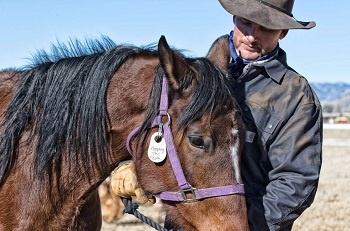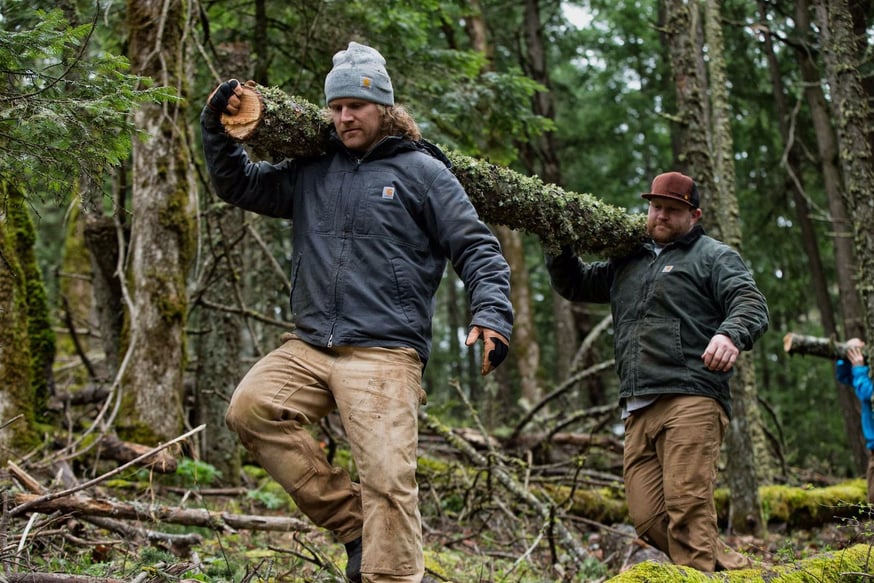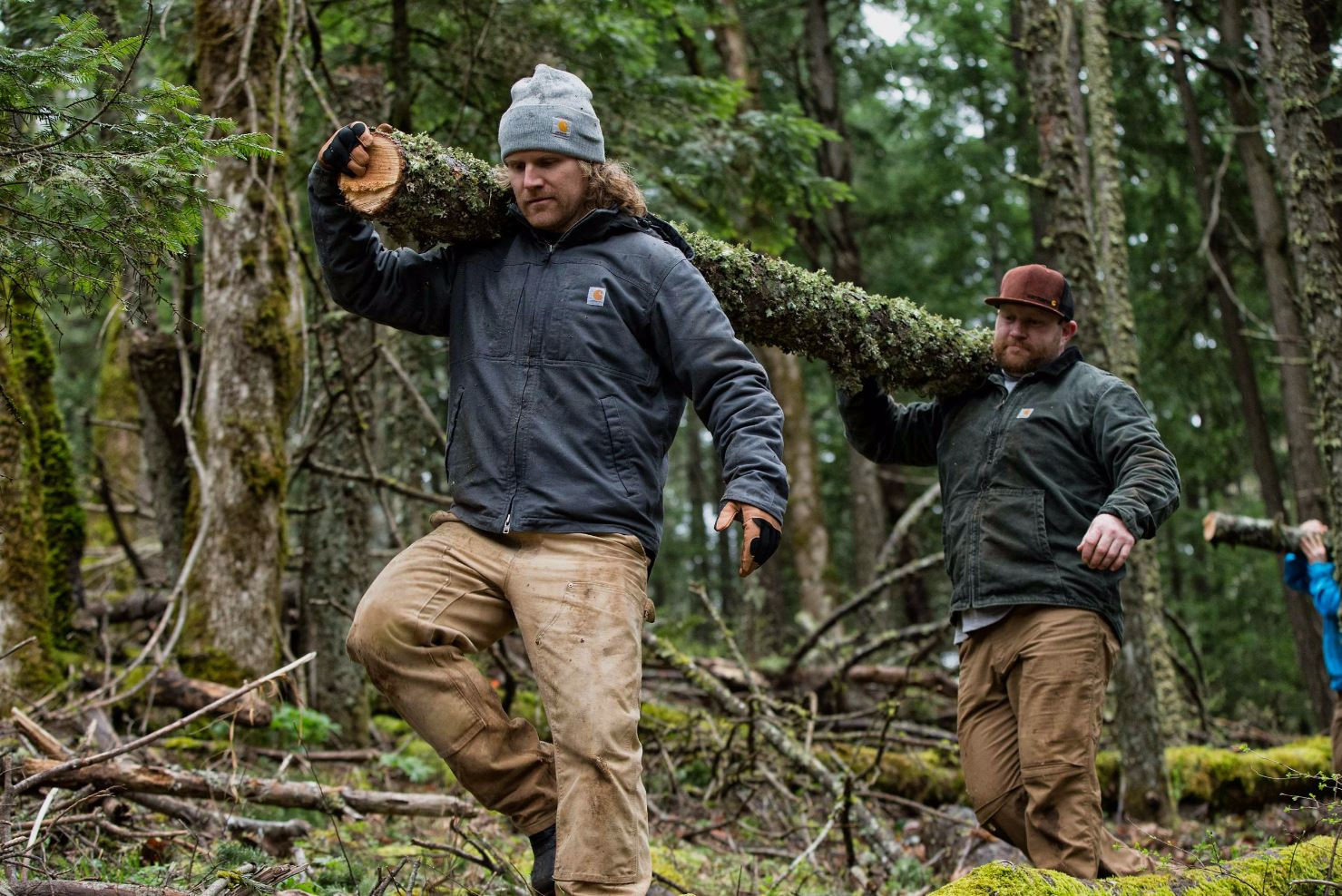Steve Rovniak: Can you provide some background on Carhartt?
John Hill: Carhartt is a premium workwear brand. The company was founded in 1889 in Detroit, and is still based locally in Dearborn, Michigan.
Carhartt has always been a family-owned company, and our CEO is the great-grandson of the founder, Hamilton Carhartt. Additionally, members of the fifth generation (Hamilton’s great-great-grandchildren) currently work at Carhartt -- one of whom is on my team as a mobile developer.
Were you actively looking for a new CIO role?
I had made the decision to move on from my position at Grainger and return to a CIO role. I was in a VP position there, running application development and global maintenance. Grainger is a large company, with $4 billion per year in e-commerce sales alone. I learned a lot dealing with that level of scale, but I decided that the large company culture wasn’t the best fit for me, personally.
How did you pursue your CIO job search?
 I have a strong network of professionals I’ve worked with in the past, and I let them know I was interested in a CIO opportunity. I was clear on that. I have great relationships in the executive search community as well. I let them know my goals, and one of those individuals later contacted about the opportunity at Carhartt.
I have a strong network of professionals I’ve worked with in the past, and I let them know I was interested in a CIO opportunity. I was clear on that. I have great relationships in the executive search community as well. I let them know my goals, and one of those individuals later contacted about the opportunity at Carhartt.
How do you maintain your relationships with executive recruiters?
There is a lot of demand for good CIOs, so we all get regularly contacted by CIO headhunters. Sometimes they call at a bad time, or with an opportunity you aren’t interested in, but I always respond. I listen to what they are working on, and I provide leads to potential candidates if I know of any.
I think that pays off in the long run. I was submitted by recruiters for four good CIO opportunities. It helped that I was geographically flexible, and I was open to moving almost anywhere, including overseas.
What piqued your interest in the CIO opportunity at Carhartt?
I researched what people were saying about the brand and the leaders. They were saying fantastic things, so that got my initial attention.
The recruiter I worked with provided a lot of good information on the company’s leaders; about why they were making this change at this time, and how they viewed the IT function. I concluded that they were ready for someone who could not only bring the necessary technology knowledge, but someone who possessed strong leadership competencies and the ability to apply IT to solve business challenges. I could tell a lot about how they viewed IT and its role in driving the business forward. IT would not be just a cost center.
It was important to me that the CIO role would sit on the executive team and report to the president of the company.
Above everything else, it was the brand. It’s incredibly strong. These days, I will be out and about or at an event and when people hear who I work for, they tell me how much they love the Carhartt brand.
What were you looking for in your new CIO role?
In short, a transformation opportunity. Most of my career I have held transformational roles. I wasn’t looking to keep IT running status quo.
What sort of transformation?
I was open to different forms of transformation – technology, team, strategic. Just an opportunity to drive the future direction of the business using technology and the talents on my team.
Did moving from a large public company to a smaller, private one raise any concerns?
My last company had a revenue of $10 billion, but I wasn’t concerned about company size going to a smaller company like Carhartt. I wanted to find the right fit for me in terms of expectations of IT and the CIO role, the executive team, and the culture.
What about your professional background was attractive to Carhartt?
I have lived and worked in four countries, I have been in a number of different industries, with executive positions in two business areas, not just in IT. I think that broad experience was of interest to them. Unlike a lot of CIO searches in this sector, they weren’t focused on finding someone with a large retail background. My background showed that I could move industry to industry, adapt quickly, and bring learning from those other industries to each new role. Above all else, they wanted someone who could change the way IT would operate here.
Can you elaborate on what “change the way IT would operate here” means?
One thing was speed and pace. Closely related to that is the introduction of new technologies. For example, there was resistance to cloud, and they were doing nothing in the cloud, so the pace with which projects could get delivered was affected.
IT had been more of an order taker. The idea of having IT representation on business teams, helping to identify opportunities for overcoming business challenges through technology, that dialogue wasn’t happening.
I am not sure the executive team had pinpointed exactly what they wanted to change in IT, but as we talked more and more, these ideas got flushed out, and we started to see the fit.
Did you have an interview strategy?
For each person I interviewed with, I anticipated the type of questions they would have for me, based on their function and the background information the recruiter provided to me. From there, I tried to come up with good questions for each of them.
I had one question that I asked everyone, “Please describe the culture here at Carhartt,” to see if their answers were consistent. And they were. Completely consistent.
How did they describe the Carhartt culture?
As very friendly; as a highly-networked organization. Relationships are very important, but at the same time, people are not afraid to challenge one another, and to challenge other functional areas.
The importance of the associates to the success of the company consistently rang through. Part of the culture is to use the term associate, rather than employee, because it is clear that the associates are viewed as the key to Carhartt’s success.
The sense of respect that people have for one another was also clear. I didn’t sense any political situations that can show up at many places. You typically start to uncover these once you start asking questions during interviews.
Was there anything particularly memorable about the interview process?
I was impressed by the thoroughness. Not only did I meet with the entire executive team, but I met all of my future direct reports. I met with the president three times. That indicated that they were being very thorough and cautious, and they wanted to get the right leader in place.
How did you prepare to start your new role?
I took some time off, about a month, to recharge the batteries. I did a lot of reading on the industry, our competitors, and market trends so I wouldn’t stumble on the more basic market dynamics when I got here.
I made a list of things I wanted to do in my first 90 days, then I reminded myself of how I wanted to build relationships. A lot of people don’t realize it, but I am an introvert, so I laid out a plan for building relationships, which is important at a company like this.
In technology, you find a lot of executives who are introverts. How would you recommend they build relationships?
The number one thing is to schedule it; to do it structurally. For example, I have a one hour meeting once a week with each of my direct reports. It is their time, and it is the number one priority on my schedule.
I also do skip-level meetings with their direct reports, one on one without their bosses. I meet with all of the senior IT management once per month, and they build the agenda. It is their time, not mine. Lastly, there are quarterly town halls with all the IT employees.
Doing it in this disciplined way ensures that these relationships will always take priority.
What about relationships outside of IT?
As a member of the executive team, I interact with my executive peers every day. To build relationships with their team members, I have been inviting them to lunch so I can get to know them.
Who do you report to at Carhartt?
The president of the company.
What have you been working on?
We have been building up capabilities in some areas that needed attention, like security. I convinced the leadership team to let me bring in a senior head of cybersecurity. Next was data. We needed a more senior analytics person, someone to take on data strategy for the whole company. We now have a VP that reports to me for data and analytics.
Also, there was no enterprise architecture team. We were doing a lot of projects, and there was no clear understanding of how these projects were going to fit together.
We’ve realized that we have other gaps in our capabilities. We don’t have CRM, we have a basic PLM, no MDM, our planning solution for revenue and merchandising is pretty basic. So, we will be implementing all new systems in those areas this year, as well as automation in our distribution centers. It will be a heavy year.
Are you confident you have the capacity?
I am confident. As part of a new application management service (AMS) agreement, IBM will be picking up all the maintenance and operations tasks we used to take care of in house. That is freeing up my team members to work on these new projects. They know all the business processes.
How will that impact your costs?
I think there are a lot of mid-market companies who aren’t taking advantage of top tier partners, like the large enterprises do. At Carhartt, we used to hire a lot of consultants from the smaller integrators, but we got no thought leadership value, just bodies. You may think you can’t afford the IBMs and the Accentures, but I have found it does not cost more in the end to work with the best. Not if you use those relationships and the thought leadership fully. It has made a big impact on our ability to move forward, and it is not costing us more.
What does digital transformation mean at this company?
Our goal is to digitize as much of the ecosystem as we can. Most of our revenue comes through our partners. So how do we make the end-to-end experience digitized? How do we help those partners come up with “endless aisles”, and “endless stock room” capabilities? We are having those conversations now. We don’t have all the answers yet.
How do you know when your IT organization is succeeding?
I look at two things. First, people want to join your team. Second, other companies want to hire your people. To me that says you are hitting on all the indicators of success. Luckily, we are not losing people. Our attrition rate here in IT is very low.
From the point of view of the executive team, IT success is about the pace and the rate at which their challenges are being overcome. There are always new challenges and new opportunities, and it is about the rate at which we can address those. At the end of the day, if you are addressing those things quickly, that is what makes our peers happy.
If you were granted a ‘redo‘ on your first 100 days, what would you do differently?
There is one thing I would do differently. I made the decision to implement Office 365 using a fast approach. We implemented it fully in my first six months. What I should have done better was communicate about the “messiness” that was going to come with that. I could have been clearer about some of the inconveniences people would experience as we worked to achieve a higher level of maturity with the tools.
What new consumer technology do you find exciting personally?
I am a bit of a car guy, so what I see happening in the automotive space, with automation and personalization, I think is fascinating. The pace of that evolution happening at companies like Faraday & Future is exciting.
What career advice do you have for rising CIOs?
Some IT executives are very much focused on the technology, and are not rounding out their business acumen. I think the days of people coming up the IT stack and becoming CIOs are numbered. When you are on the executive team, you have to be able to contribute on topics that are not IT. I am seeing that a broad base of knowledge beyond technology is important if you want to progress professionally.
About John Hill
John Hill is the chief information officer (CIO) for Carhartt, Inc., and is responsible for working with Carhartt’s senior leadership team to define its technology strategy for the company’s growth objectives.
Hill joined Carhartt in February 2016, and had previously served as vice president of solutions delivery at W.W. Grainger from 2013-15, where he was in charge of all software development and maintenance.
Hill is a former United States Air Force Officer and served from 1990-95. He earned a Bachelor of Science in economics from the United States Air Force Academy in 1990 and a Master of Arts in management from Bowie State University in 1995. 

Written by Steve Rovniak
Steve Rovniak served as Executive Director, Marketing and Media at Heller Search Associates from 2012 to 2023.



